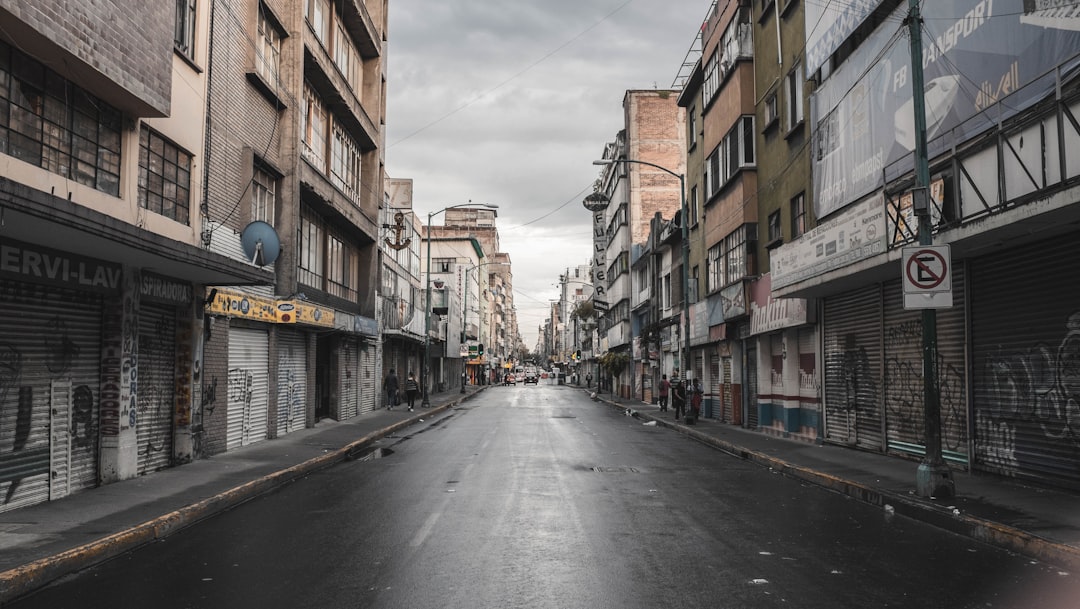What is it about?
Rather than treating disasters entirely as “natural” events caused by “violent forces of nature”, I emphasize various ways in which social systems create disaster vulnerability. I've also examined the relationship between climate change and disaster vulnerabilities in Asia.
Featured Image
Why is it important?
Home to 60 percent of the world’s population, Asia accounts for 85 percent of those killed and affected globally by disaster events in 2011. This article recommends a holistic approach to disaster management and mitigation that takes into consideration the various larger social, political, and economic conditions and contexts. The particular focus is on seven Asian countries, namely, China, India, Indonesia, Japan, Thailand, Taiwan, and Vietnam.
Perspectives
Using an integrated sociological framework comprised of the pressure and release (PAR) model and the double-risk society hypothesis, and drawing on data obtained from the Emergency Events Database (EM-DAT), PreventionWeb, and the IPCC special report on extreme events, this article offers a sociological understanding of disaster development and recovery in Asia. I also offer a plural coexistence model tp address disasters.
Dr Md Saidul Islam
Nanyang Technological University
Read the Original
This page is a summary of: When “Nature” Strikes: A Sociology of Climate Change and Disaster Vulnerabilities in Asia, Nature and Culture, January 2015, Berghahn Journals,
DOI: 10.3167/nc.2015.100104.
You can read the full text:
Contributors
The following have contributed to this page










